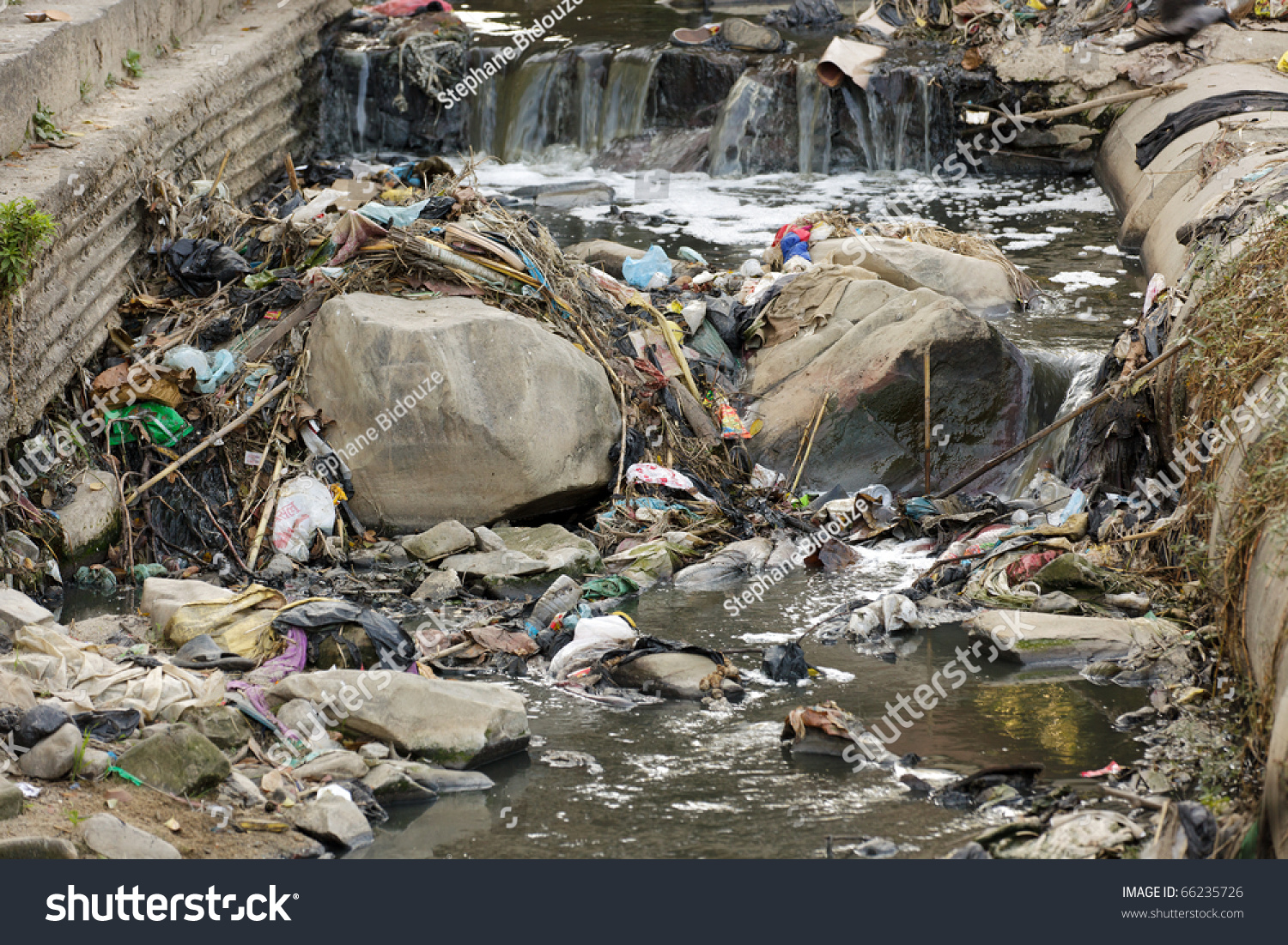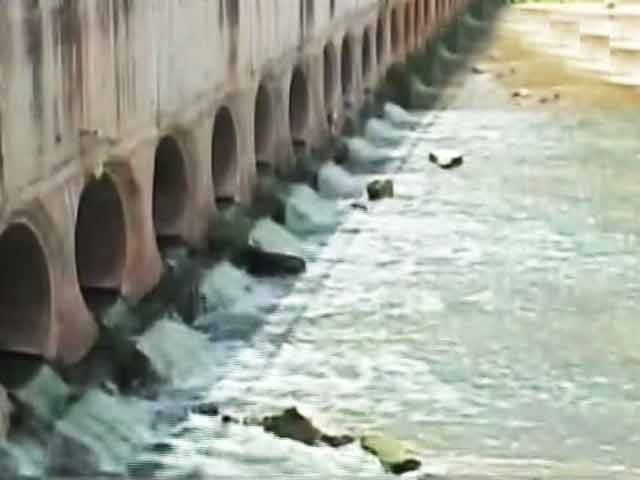


China’s Central government has released an ambitious plan to tackle the nation’s water pollution crisis. However, this is inhibited by a lack of data, particularly for groundwater.

Information about the types, causes, and effects of water pollution and what we can do to solve the problem.
Asian Dust (also yellow dust, yellow sand, yellow wind or China dust storms) is a meteorological phenomenon which affects much of East Asia year round but especially during the spring months.


Second only to availability of drinking water, access to food supply is the greatest priority. Hence, agriculture is a dominant component of the global economy.
Although inhabited and remote, South Sentinel island is covered with plastic! Plastic pollution and marine debris, South Sentinel Island, Bay of Bengal.

Water Pollution Fact #7. Asian rivers are the most polluted in the world. They have three times as many bacteria from human waste as the global average and 20 times more lead than rivers in industrialized countries.

See a rich collection of stock images, vectors, or photos for water pollution you can buy on Shutterstock. Explore quality images, photos, art & more.

40 Interesting Facts About Water Pollution. Water is the greatest gift of nature. Humans have exploited this natural resource to a level where controlling water pollution is …

Organic waste (e.g., wood wastes) can have chemical and biological impacts on rivers and streams. Among the many impacts are interfering with the establishment of aquatic plants, affecting the reproductive behavior of fish and other s, and depleting the water of dissolved oxygen as the wastes decompose.
The water resources of China are affected by both severe water shortages and severe water pollution.A growing population and rapid economic development as well as lax environmental oversight have increased water demand and pollution.